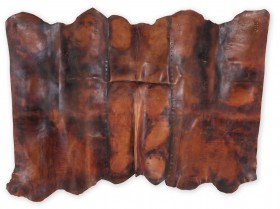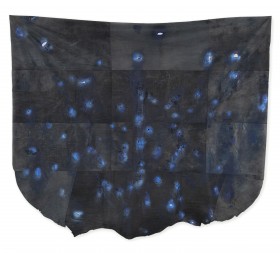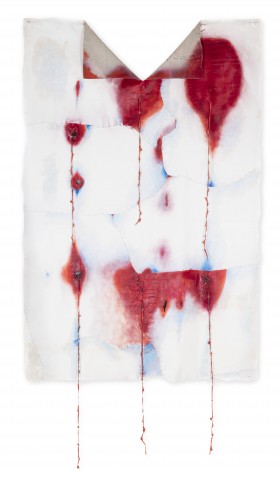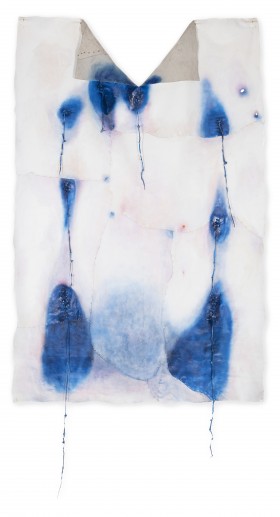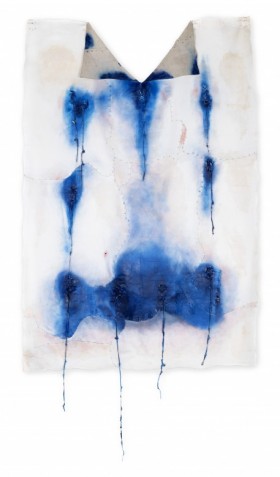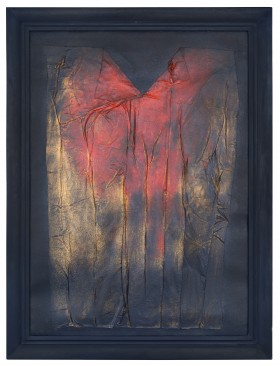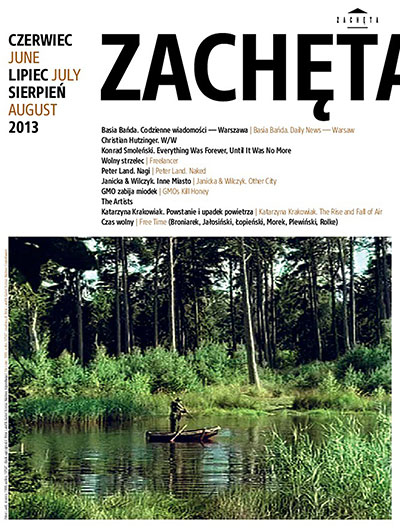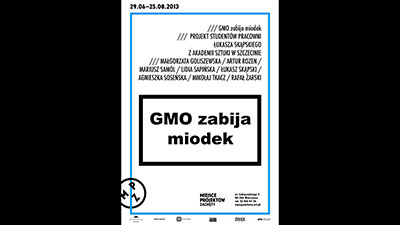On 21st December 2012, Bronisław Komorowski, the President of Poland, signed the Seeds bill, which regulates and permits registration and sale of genetically modified seeds in Poland. This event directly inspired the exhibition in Zachęta Project Room.
The information about the risks associated with genetically modified food production is not well distributed because of the disinformation policy conducted by the producers of GM foods and people or organisations linked with them. This is why the information about GMO hardly ever reaches ordinary consumers. I wanted to arouse interest in my students, as well as in the visitors of the exhibition, by choosing this topic. I wanted to provoke them to conduct some more thorough analysis.
The “GMOs Kill Honey” project, as far as my pedagogical activity is concerned, takes the form of an experiment. Working on such well-defined phenomena is not just an ordinary task for me. I usually try to suggest that my student choose their own topics, and at the same time, I get them accustomed to making an effort of performing their independent artistic expression.
While encouraging the students to take up the topic of GMO (some of the works were created especially for this exhibition) and choosing works for the project, I did not want to be too didactic. As a result, works were created not only on transgenic crops, but also on catastrophes and risks to civilisation. Some of them were created in or originated from different ateliers. Agnieszka Soseńska’s work, swallow nests made of cut banknotes, raises the topic of greed. The nests were created in Waldemar Wojciechowski’s atelier, where Aleksandra Ska assists. Mikołaj Tkacz’s subtly humorous video on GMO stairs is also a continuation of a project realised in Wojechowski’s atelier. Małgorzata Goliszewska presents a video on social consciousness about GMO by using the search engine entries, based on scheme introduced in the artist’s degree work, prepared under Agata Zbylut’s supervision.
The rest of the works were created in my atelier. Agnieszka Soseńska’s Armabud is the website of a company producing special capsules for survival in the event of the end of the world. The website was closed after the inquiries of interested companies. Lidia Sapińska’s About Africa ‘polo-podcast’ [Polo-podcast refers to a specific type of Polish disco music, disco-polo — translator’s note] constitutes a reference to her previous works. Artur Rozen’s performance is about the differences between levels of wealth and hunger in some regions of the world. Rafał Żarski’s photographs present young, indebted Polish people in the context of the situation in India where 400,000 farmers committed suicide because of massive liabilities they incurred after buying transgenic seeds from the company Monsanto.
My work This is How a Bee Looks Like was created especially for this exhibition, and its title fairly explains the meaning of the work. Over the last couple of years, all around the world, the death of bees has been observed. The mass destruction of bees happened in the USA. In some particular regions of China, the scale of the phenomenon is already so big that the flowers of cultivated plants need to be fertilised by the humans. In Poland, the mass destruction of beehives began two years ago. No one needs to be told how the disappearance of bees brings about far-reaching consequences. Some people claim that human kind can live only one year beyond the destruction of the beehives, others — for four years. Bee-keepers even believe that bees should be considered endangered species.
Łukasz Skąpski

